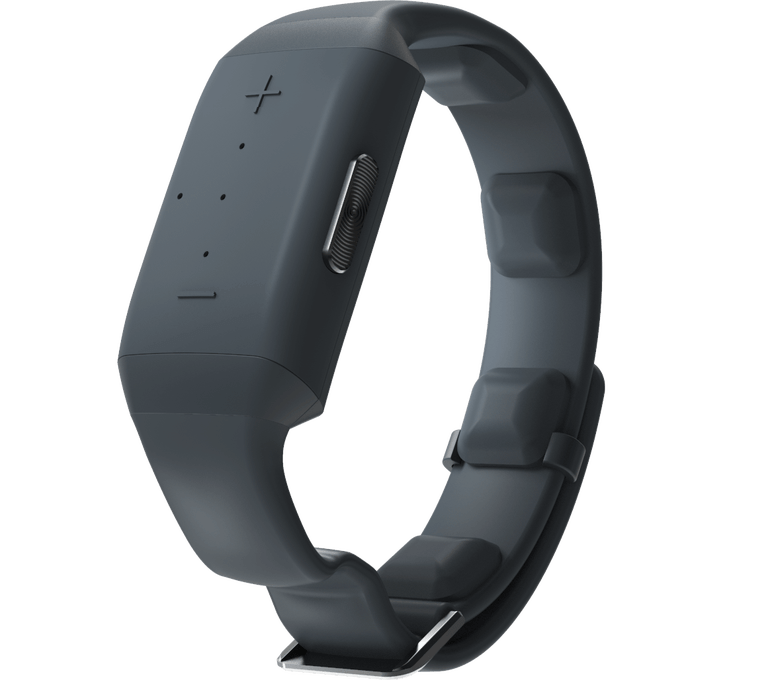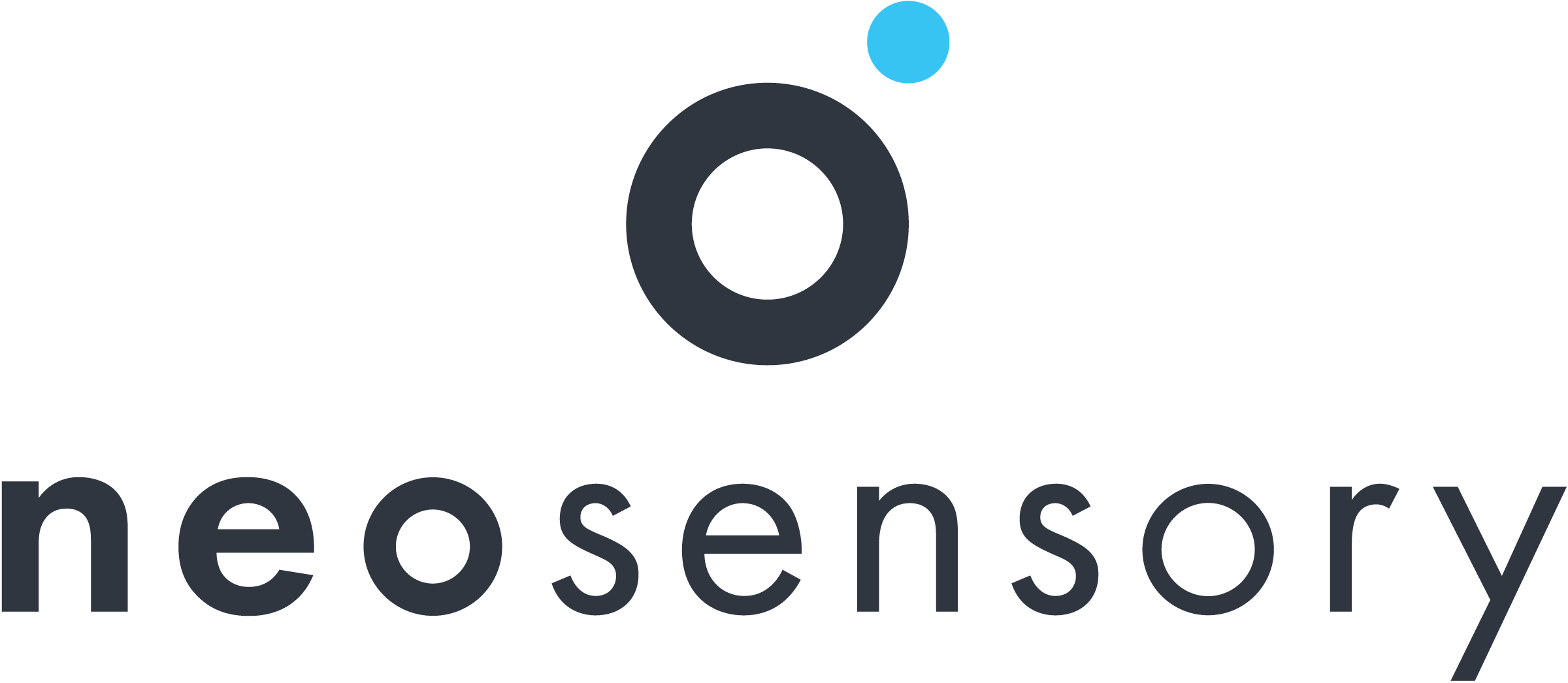Neosensory Inc. was founded by Professor David Eagleman, a neuroscientist based at at Stanford University, and Scott Novich, a former graduate student of David’s. Neosensory are on a mission to bring new senses to humankind through touch, and at the same time, help those with impaired senses.
Our familiar five senses turn sound, light, smell, taste and touch into something we can understand, but what neuroscientists have been wondering since the early 1960s is: can we substitute one sense for another? For example, could we stimulate our touch with patterns derived from say, speech, and so could we learn to ‘hear’ through our skin? David Eagleman explores the possibilities in his popular TED Talk - Can we create new senses for humans?.
Human brains have the dual superpowers of pattern recognition and adaptability. And over time, these amazing traits have allowed humans to translate the constant stream of electrical signals from our senses, and assign meaning. Patterns of sound vibrations can become language and patterns of visual signals from the retina can become faces, pets, or buildings.
When adaptation is required out of necessity, our brain is able to compensate for sensory impairment by repurposing areas of the brain, often called cross-modal neuroplasticity. Ultimately, the human brain is great at workarounds, and it’s this characteristic that makes sensory substitution possible.
Enter the Buzz
The Buzz is a wearable for the wrist that evolved from the experiments to build a haptic vest developed by David Eagleman and Scott Novich. The Buzz features four haptic feedback motors, a microphone and a few push-button controls. The haptic motors can driven independently through a Bluetooth interface and there’s an active developer community, a Buzz API specification and a number of open source SDKs in the Neosensory GitHub repositories.

Working with the community
The Neosensory Research Program seeks to bring together people from around the world with diverse backgrounds, worldviews and experience to imagine new uses for the Buzz. As David Epstein noted in his excellent book, Range, the Outsider Advantage is a powerful tactic. Outside-in thinking often results in startling innovation when the problem is reframed by an outsider unencumbered by traditional and obvious approaches. Problems can be solved with a fresh perspective and there are some great examples of past successes on the Neosenory blog.
The Community Research Program divides contributors into small teams with specific areas of focus, communicating and collaborating remotely over a number of months. Our team is led by Jennie Stenhouse, Developer Advocate at Neosensory Inc. We communicate asynchronously on Slack, collaborate using Miro boards, and have a weekly virtual meet on Vowel. The team is distributed spread across time zones and continents. It’s such a great feeling working with people with a similar passion to create and learn. The team I’m part of is looking at Peripheral Neuropathy and how Buzz could help.
Peripheral neuropathy
The peripheral nervous system is the network of nerves that lie outside the central nervous system formed by the brain and spinal cord.
The peripheral nerves are divided into three different categories:
- Sensory nerves (sensations)
- Motor nerves (controlling muscles)
- Autonomic nerves (regulating automatic functions)
Peripheral neuropathy occurs when there’s damage or degradation to the peripheral nerves, resulting in wide-ranging symptoms that can include muscle weakness, atrophy, pain, numbness, loss of balance and more seriously, degradation of autonomic functions such as blood pressure.
How can Buzz help? This is what Team Peripheral Neuropathy is exploring! One of the avenues of thought is whether we could we use the sensors on a commodity device, such as a modern mobile phone, in conjunction with the Buzz, to provide biofeedback to the patient. For example, could a patient with a mobile phone in their pocket paired to a Buzz on their wrist, receive haptic feedback on their balance based on readings from the phone’s accelerometer and gyroscope sensors? Could this be useful in combination with traditional rehabilitation of peripheral neuropathy sufferers? We’re also exploring other ideas that support autonomic neuropathy and the sensors needed to support those use cases.
Next steps
It’s early days in the project, but it’s such a great feeling to connect with like-minded individuals from around the world to collaborate on something meaningful. As the project progresses, I’ll post more about our progress.
